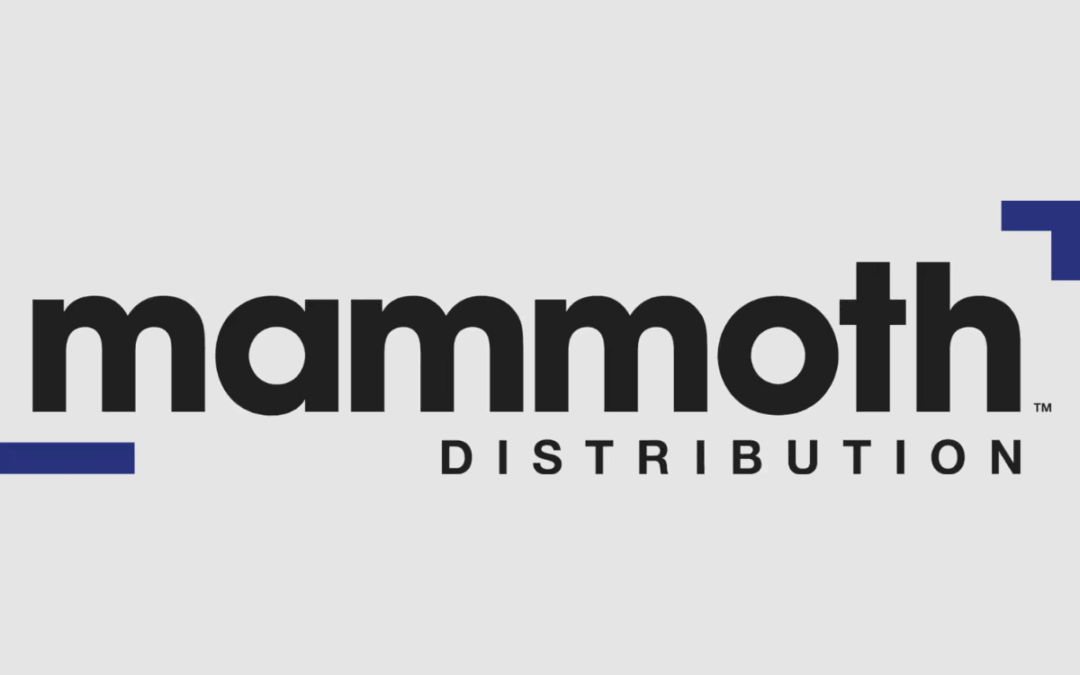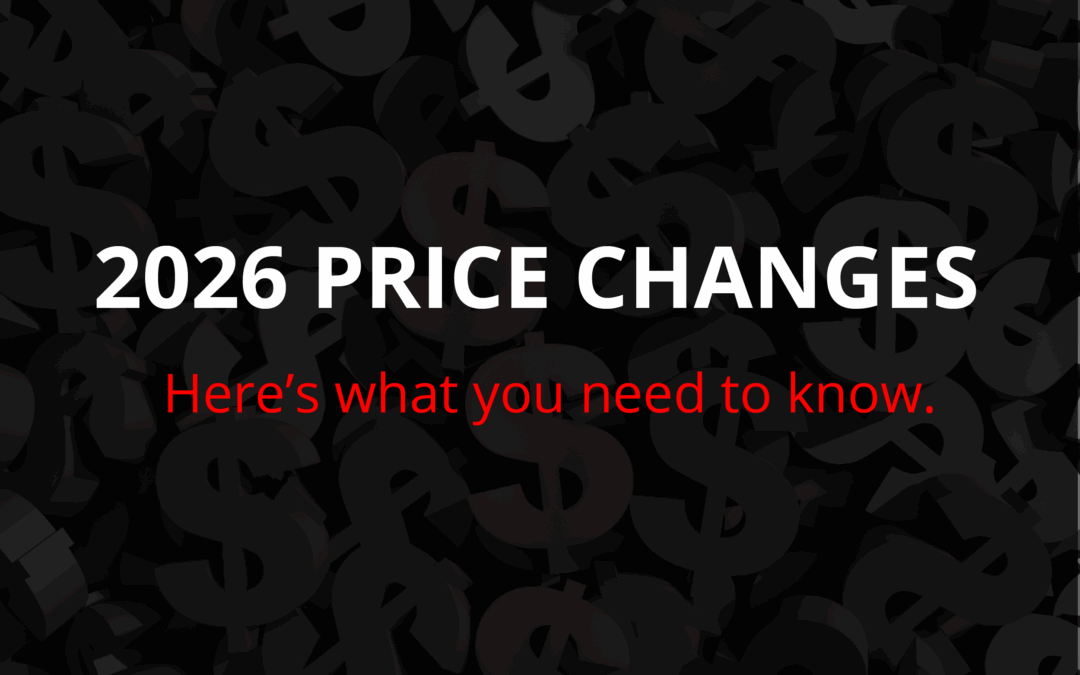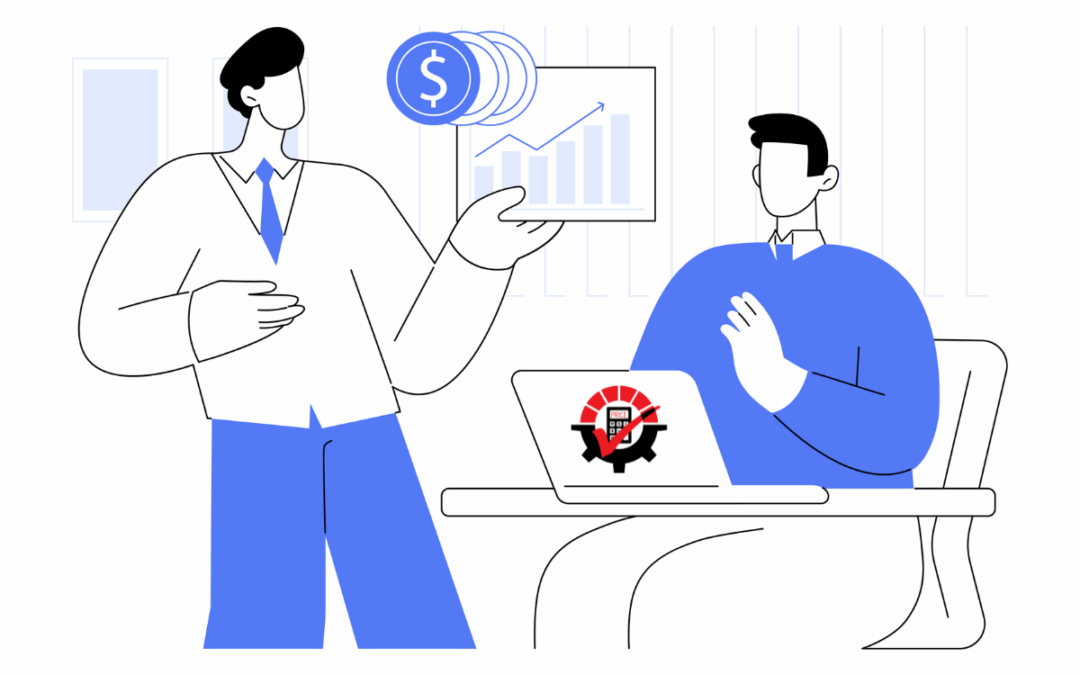If you’ve started a new business and are wondering how to price a product, or why you’re losing money on your current pricing model, you’re not alone. Many businesses struggle to set prices that not only attract customers but also protect their bottom line.
In this guide, we’ll walk you through:
-
How to calculate your costs so you don’t underprice
-
Four of the most common product pricing methods
-
When to review your pricing
-
How tools like Rockton Pricing Management can help automate and optimize your pricing strategy
Step 1: Calculate Your Costs
Don’t price below this number.
Before you can decide how to price a product, you need to know what it costs to produce and sell it. This includes:
-
Material costs: Raw goods and components
-
Labor costs: Time and manpower
-
Overhead costs: Operating expenses (fixed and variable), like rent, utilities, marketing, and supplies
Here’s your basic formula:
Material + Labor + Overhead = Product Cost
If your price doesn’t cover this, you’re guaranteed to lose money.
Step 2: Choose a Pricing Method
How to price your product depends on your business model and goals. Here are four of the most common strategies:
Cost-Plus Pricing
You add a fixed markup percentage to your product cost.
Formula:
Product Cost × (1 + Markup %) = Selling Price
-Simple and predictable
-May ignore market demand or competition
Value-Based Pricing
Price is based on how much value your product delivers to the customer. Think luxury items, specialized services, or time-saving tools.
-Higher perceived value = higher prices
-Requires deep understanding of your audience
Competitive Pricing
You set your price based on what your competitors are charging—above, below, or equal.
-Quick to implement and easy to benchmark
-Risky if your costs are higher than your competitors’
Dynamic Pricing
Your prices adjust in real-time based on market demand, seasonality, or inventory.
-Flexible and profit-boosting
-May confuse or frustrate customers without proper communication
Step 3: Review Your Pricing
The key to making a profit is to review your profits regularly. You should review your prices when…
- A new product or product line is introduced
- Your costs change
- You decide to enter a new market
- Your competitors change their prices (keep an eye on those guys!)
- Economy experiences (inflation or recession, anyone?)
- Your sales strategy changes, or
- Your customers are making more money because of your product or service
Your pricing should always cover costs and meet your profit goals. If margins are tight, consider lowering costs instead of prices.
Rockton Pricing Management: Automate and Simplify Your Strategy
Knowing how to price a product is one thing—managing that strategy across multiple services, platforms, and customer types is another. That’s where Rockton Pricing Management (RPM) comes in. RPM is a flexible, powerful pricing automation tool that:
-
Calculates and applies complex pricing rules
-
Manages discounts, markups, commissions, and royalties
-
Works with any ERP (not just Dynamics GP)
-
Helps you stay profitable, competitive, and consistent
Whether you’re just starting out or scaling fast, RPM simplifies the entire pricing process—so you can focus on growing your business.
Want to see how Rockton Pricing Management works in action?
- Take a closer look at Rockton Pricing Management
- Schedule a one-on-one, obligation free demo.
- Pricing manager? Learn about Rockton Pricing Management Implementation.







